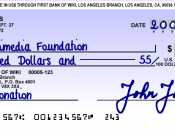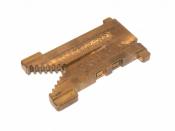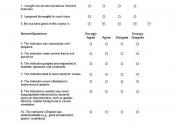A current business has the opportunity to obtain innovative technology to generate its own digital data. Even still, there are several concerns, which should be considered when purchasing computer software or hardware. This paper will cover what method of data input would be best in certain situations and why. Next the paper will explain what method of output would be best for certain circumstances and why. This paper will also explain what situations are appropriate for certain storage devices and why. Lastly, this paper will explain the role of certain components in determining the speed of a computer.
The accuracy of data input is crucial. "Web applications are notorious for taking practically any type of input, assuming that it's valid, and processing it further" (Beaver, 2006).
If individuals who develop Web applications do not validate input, the result can be a great blunder (Beaver, 2006). Mistakes like this may end up being malicious database manipulation, system crashes and even database corruption (Beaver, 2006).
There are several ways to gather information. Each situation is best dealt with using a specific method of data input. The Optical Data Readers is the appropriate method to use for printed questionnaires. According to the required text for this class Fundamentals of Information Processing:The two categories of optical data readers are for optical mark recognition (OMR) and optical character recognition (OCR). People completing OMR forms use pencils to fill in boxes on OMR paper, which is also called a "mark sense form." OMR is used in standardized tests (including SAT and GMAT tests), surveys, and census taking. In comparison, most OCR readers use reflected light to recognize various characters. With special software, OCR readers can convert handwritten or typed documents into digital data" (Stair & Reynolds, 2006).
When in the situation of telephone surveys the...


